Home>Gardening & Outdoor>Landscaping Ideas>How To Grow Carpet Grass
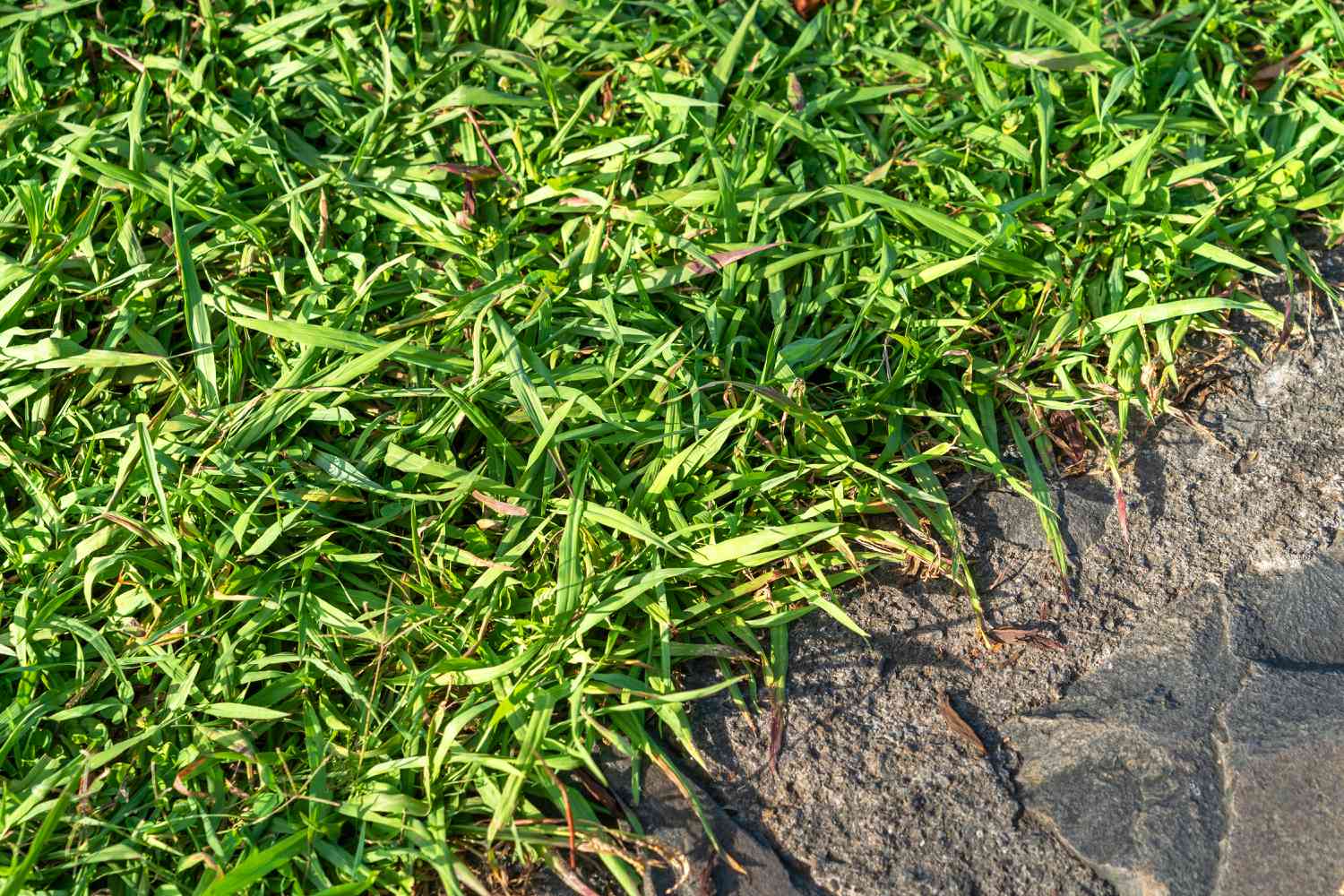

Landscaping Ideas
How To Grow Carpet Grass
Modified: August 17, 2024
Learn effective landscaping ideas for growing carpet grass in your yard. Discover step-by-step instructions for a lush, green lawn.
(Many of the links in this article redirect to a specific reviewed product. Your purchase of these products through affiliate links helps to generate commission for Storables.com, at no extra cost. Learn more)
**
Introduction
**
If you're looking to transform your outdoor space with a lush, vibrant carpet of green, carpet grass might just be the answer. This low-maintenance ground cover is perfect for creating a soft, inviting landscape that's both beautiful and practical. Whether you're aiming to revamp your front yard, create a cozy backyard retreat, or enhance the aesthetic appeal of a commercial property, carpet grass can work wonders.
Carpet grass, scientifically known as Axonopus affinis, is a warm-season perennial grass that thrives in tropical and subtropical regions. It's highly valued for its ability to form a dense, weed-resistant carpet, making it a popular choice for lawns, parks, and other recreational areas. Its fine texture and rich green color lend a luxurious look to any landscape, and its adaptability to various soil types and low-maintenance requirements make it an attractive option for both seasoned gardeners and landscaping novices.
In this comprehensive guide, we'll delve into the essential aspects of growing carpet grass, from understanding its characteristics and requirements to planting, maintenance, and dealing with potential challenges. By the end, you'll have a wealth of knowledge to embark on your carpet grass journey, ensuring that your outdoor space flourishes with the lush beauty of this versatile ground cover. So, let's roll up our sleeves and uncover the secrets to growing a stunning carpet of grass that will elevate the charm of your outdoor environment.
Key Takeaways:
- Carpet grass is a resilient, low-maintenance ground cover that thrives in diverse soil and light conditions, making it perfect for creating lush, inviting outdoor landscapes with minimal effort.
- To grow a stunning carpet of carpet grass, it’s essential to understand its characteristics, soil, and sunlight requirements, as well as to implement strategic planting, maintenance, and pest management practices for long-term beauty and vitality.
Read more: How To Grow Wheatgrass
Understanding Carpet Grass
Before diving into the nitty-gritty of growing carpet grass, it’s crucial to grasp the fundamental characteristics of this verdant ground cover. Carpet grass, often referred to as “Louisiana grass” due to its prevalence in the region, is a warm-season perennial species that belongs to the Axonopus genus. It boasts a low, dense growth habit, with fine-textured leaves that create a velvety carpet-like appearance.
One of the standout features of carpet grass is its adaptability to a range of soil types, including sandy, loamy, and clay soils, making it a versatile option for various landscaping projects. Additionally, it exhibits excellent tolerance to both sun and shade, thriving in partially shaded areas where other grass species may struggle.
When it comes to maintenance, carpet grass is celebrated for its low-maintenance nature, requiring minimal intervention once established. Its vigorous growth and ability to choke out weeds contribute to its appeal as an easy-to-manage ground cover.
While carpet grass shares similarities with centipede grass, another popular warm-season turfgrass, it is distinguishable by its broader leaf blades and more robust growth habit. Understanding these nuances can aid in making informed decisions when selecting the ideal grass species for your specific landscaping needs.
By familiarizing yourself with the unique traits and growth patterns of carpet grass, you’ll be better equipped to create a thriving outdoor oasis that showcases the beauty and resilience of this remarkable ground cover. With a solid understanding of its characteristics, you can proceed with confidence as you embark on the journey of cultivating a vibrant carpet of lush greenery in your outdoor space.
Soil and Sunlight Requirements
When it comes to cultivating a flourishing carpet of grass, understanding the soil and sunlight requirements is paramount. Carpet grass thrives in moist, well-drained soils with a slightly acidic to neutral pH range of 5.0 to 6.5. While it exhibits a remarkable tolerance to various soil types, including sandy and clay soils, ensuring proper drainage is essential to prevent waterlogging, which can impede its growth.
As for sunlight preferences, carpet grass demonstrates remarkable versatility in its light requirements. It can thrive in both full sun and partial shade, making it an excellent choice for landscapes with varying light conditions. In regions with scorching summers, providing some afternoon shade can benefit the grass, helping it retain moisture and withstand the heat stress more effectively.
Before planting carpet grass, it’s advisable to conduct a soil test to assess its pH and nutrient levels. Based on the results, you can make necessary amendments to optimize the soil conditions for the grass to thrive. Incorporating organic matter, such as compost or well-rotted manure, can enhance soil structure and fertility, providing an optimal foundation for the carpet grass to establish robust root systems.
When selecting the planting site, consider the sunlight patterns throughout the day to determine the ideal placement for promoting healthy growth. While carpet grass exhibits impressive adaptability to different light intensities, ensuring that it receives an adequate amount of sunlight is essential for its overall vigor and lush appearance.
By catering to the soil and sunlight requirements of carpet grass, you can set the stage for a resilient and visually captivating landscape. Whether it’s the well-drained, fertile soil or the strategic consideration of sunlight exposure, addressing these fundamental needs will pave the way for a stunning carpet of grass to adorn your outdoor environment.
Planting Carpet Grass
Embarking on the journey of planting carpet grass involves strategic steps to ensure successful establishment and robust growth. Whether you’re starting from seeds or opting for sod or plugs, careful planning and execution are essential to set the stage for a lush carpet of greenery.
1. Seed Selection and Preparation
When opting for seeds, selecting high-quality, certified carpet grass seeds is crucial. Before sowing, it’s advisable to prepare the soil by clearing the area of debris and weeds. Loosening the topsoil and incorporating organic matter can enhance the soil’s fertility and structure, providing an optimal environment for seed germination and root development.
2. Sod Installation
If you prefer a more accelerated approach to establishing carpet grass, sod installation offers a convenient solution. Prepare the soil by leveling the surface and ensuring adequate moisture before laying the sod. Proper soil contact and sufficient watering are essential to facilitate the seamless integration of the sod with the underlying soil.
3. Plug Planting
For a balance between seeds and sod, utilizing plugs can be an effective method for establishing carpet grass. Spacing the plugs appropriately and ensuring adequate soil moisture are key considerations for promoting uniform coverage and vigorous growth.
4. Watering and Initial Care
Regardless of the planting method chosen, providing consistent moisture during the initial establishment phase is crucial. Avoiding excessive watering that leads to waterlogging and ensuring that the soil remains consistently moist without becoming waterlogged are essential practices to support the successful germination and growth of carpet grass.
By meticulously planning and executing the planting process, you can lay the groundwork for a luxuriant carpet of grass that will adorn your outdoor space with its vibrant green allure. Whether you opt for seeds, sod, or plugs, each method offers a pathway to transforming your landscape into a welcoming haven enriched by the beauty of carpet grass.
Water carpet grass regularly, but avoid overwatering to prevent root rot. Mow the grass to a height of 1-2 inches to promote healthy growth and discourage weeds. Apply a balanced fertilizer to keep the grass green and lush.
Watering and Fertilizing
Proper watering and fertilizing practices play a pivotal role in nurturing healthy, vibrant carpet grass, ensuring its vigor and resilience in the face of varying environmental conditions. By understanding the optimal approach to watering and providing essential nutrients, you can foster a luxuriant carpet of greenery that enhances the visual appeal of your outdoor environment.
Watering Guidelines
During the establishment phase, consistent moisture is crucial to support the germination and initial growth of carpet grass. However, it’s essential to strike a balance, avoiding overwatering that can lead to waterlogged conditions detrimental to the grass’s development. Once established, carpet grass exhibits resilience to drought conditions, making it an ideal choice for low-maintenance landscapes.
Observing the grass for signs of moisture stress, such as wilting or a bluish-gray hue, can serve as indicators for the need to provide supplemental irrigation. When watering, aim to moisten the soil to a depth of around 6 inches, promoting robust root development and overall resilience to environmental stressors.
Fertilization Practices
Carpet grass thrives in nutrient-rich soils, benefiting from a balanced fertilizer application to support its growth and vibrancy. A soil test can provide valuable insights into the specific nutrient requirements, guiding the selection of an appropriate fertilizer formulation. Opt for a complete, slow-release fertilizer with a balanced NPK ratio to provide essential macronutrients while promoting steady, sustained growth.
Applying fertilizer in early to mid-spring, when the grass begins its active growth phase, can bolster its vigor and lush appearance. Following the recommended application rates and evenly distributing the fertilizer across the designated area can ensure uniform nutrient uptake, fostering a consistent carpet of greenery.
By adhering to prudent watering practices and implementing a well-considered fertilization regimen, you can nurture a resilient, visually captivating carpet of grass that enriches your outdoor landscape. From the initial establishment phase to the ongoing maintenance, providing adequate moisture and essential nutrients will contribute to the enduring beauty and vitality of your carpet grass ensemble.
Read more: How To Grow Grass In Oklahoma
Maintenance and Care
Embracing a proactive approach to maintenance and care is instrumental in preserving the lush, vibrant appeal of carpet grass while fostering its long-term health and resilience. By incorporating strategic practices and attentive care, you can ensure that your carpet grass ensemble remains a captivating centerpiece of your outdoor landscape.
Mowing Guidelines
When it comes to mowing carpet grass, adopting a consistent mowing schedule is essential to maintain an optimal height and promote a dense, uniform carpet-like appearance. Aim to mow the grass to a height of around 1.5 to 2 inches, ensuring that you do not remove more than one-third of the grass blade length in a single mowing session. This practice supports healthy growth and aids in weed suppression, contributing to the overall visual appeal of the carpet grass.
Thatch Management
While carpet grass typically exhibits minimal thatch buildup, periodic dethatching can help prevent the accumulation of excessive organic debris, promoting air and moisture penetration to the soil. Utilizing a dethatching rake or power dethatcher can aid in maintaining optimal turf health and vigor, fostering a resilient and visually appealing carpet of grass.
Aeration Practices
Integrating core aeration into the maintenance regimen can alleviate soil compaction and facilitate enhanced nutrient and oxygen uptake by the grass roots. This practice promotes robust root development and overall turf health, contributing to the enduring lushness and resilience of the carpet grass ensemble.
Weed Control
Vigilant weed management is crucial to safeguard the pristine appearance of carpet grass. Implementing pre-emergent herbicide applications during the appropriate seasons can help prevent weed encroachment, preserving the uniformity and visual allure of the carpet grass landscape.
By embracing a comprehensive approach to maintenance and care, you can uphold the captivating allure and enduring vitality of your carpet grass ensemble. From meticulous mowing and thatch management to aeration practices and proactive weed control, each facet of maintenance contributes to the sustained beauty and resilience of this remarkable ground cover.
Dealing with Pests and Diseases
While carpet grass is renowned for its resilience, it is not immune to potential pest infestations and diseases that can compromise its health and visual appeal. By familiarizing yourself with common pests and diseases and implementing proactive measures, you can safeguard the lush beauty and vitality of your carpet grass, ensuring a thriving outdoor landscape.
Common Pests
Several pests pose potential threats to carpet grass, including armyworms, cutworms, and white grubs. These voracious feeders can cause extensive damage to the grass, leading to thinning and patchy areas within the carpet-like expanse. Regular monitoring for signs of pest activity, such as chewed grass blades and irregular brown patches, can aid in early detection and targeted intervention.
Integrated Pest Management
Implementing integrated pest management (IPM) practices can serve as a proactive approach to pest control, minimizing reliance on chemical interventions while promoting a balanced ecosystem. This approach may involve cultural practices, such as promoting beneficial insect habitats and maintaining optimal turf health, alongside targeted pesticide applications when necessary to address pest infestations effectively.
Disease Management
Fungal diseases, such as brown patch and dollar spot, can pose challenges to carpet grass, particularly in conditions conducive to their development, such as prolonged periods of high humidity. Adequate air circulation, proper watering practices, and avoiding excessive nitrogen fertilization can contribute to mitigating the risk of fungal diseases, fostering a resilient and visually captivating carpet of grass.
Fungicide Applications
In cases where fungal diseases pose significant threats to the health of the carpet grass, targeted fungicide applications may be warranted. Selecting fungicides labeled for the specific diseases and adhering to recommended application rates and schedules can aid in managing disease outbreaks effectively, preserving the lushness and vigor of the grass.
By remaining vigilant and proactive in addressing potential pest infestations and diseases, you can uphold the enduring beauty and resilience of your carpet grass ensemble. From integrated pest management strategies to targeted disease control measures, each proactive intervention contributes to the preservation of a captivating and thriving carpet of greenery in your outdoor landscape.
Conclusion
As we conclude our journey into the realm of carpet grass cultivation, we’ve unveiled the secrets to fostering a lush, inviting landscape enriched by the verdant allure of this remarkable ground cover. From understanding its resilient nature and adaptability to exploring the essential facets of planting, maintenance, and pest management, we’ve delved into the core elements that contribute to the enduring beauty and vitality of carpet grass.
Carpet grass, with its low-maintenance requirements and capacity to thrive in diverse soil and light conditions, stands as a testament to nature’s resilience and versatility. Its ability to form a dense, weed-resistant carpet, coupled with its fine texture and rich green hue, elevates the aesthetic appeal of any outdoor environment, transforming ordinary spaces into inviting retreats brimming with natural charm.
By embracing a holistic approach to carpet grass cultivation, encompassing prudent planting practices, attentive maintenance, and proactive pest and disease management, you can create a captivating and enduring landscape adorned by the luxuriant beauty of this remarkable ground cover. Whether it’s the strategic selection of planting methods, the meticulous care in mowing and thatch management, or the vigilant approach to pest and disease control, each facet contributes to the sustained allure and vitality of your carpet grass ensemble.
As you embark on your carpet grass journey, may the knowledge and insights gained from this comprehensive guide serve as your compass, guiding you towards a landscape resplendent with the timeless allure of carpet grass. Whether you’re seeking to revitalize your front yard, embellish a commercial property, or create a cozy backyard haven, the lush, velvety carpet of carpet grass stands ready to fulfill your landscaping aspirations, enriching your outdoor space with its enduring charm and natural elegance.
So, with newfound wisdom and a vision for a captivating outdoor oasis, let the resilient allure of carpet grass pave the way for a landscape brimming with lushness, vitality, and the timeless beauty of nature’s verdant tapestry.
Frequently Asked Questions about How To Grow Carpet Grass
Was this page helpful?
At Storables.com, we guarantee accurate and reliable information. Our content, validated by Expert Board Contributors, is crafted following stringent Editorial Policies. We're committed to providing you with well-researched, expert-backed insights for all your informational needs.
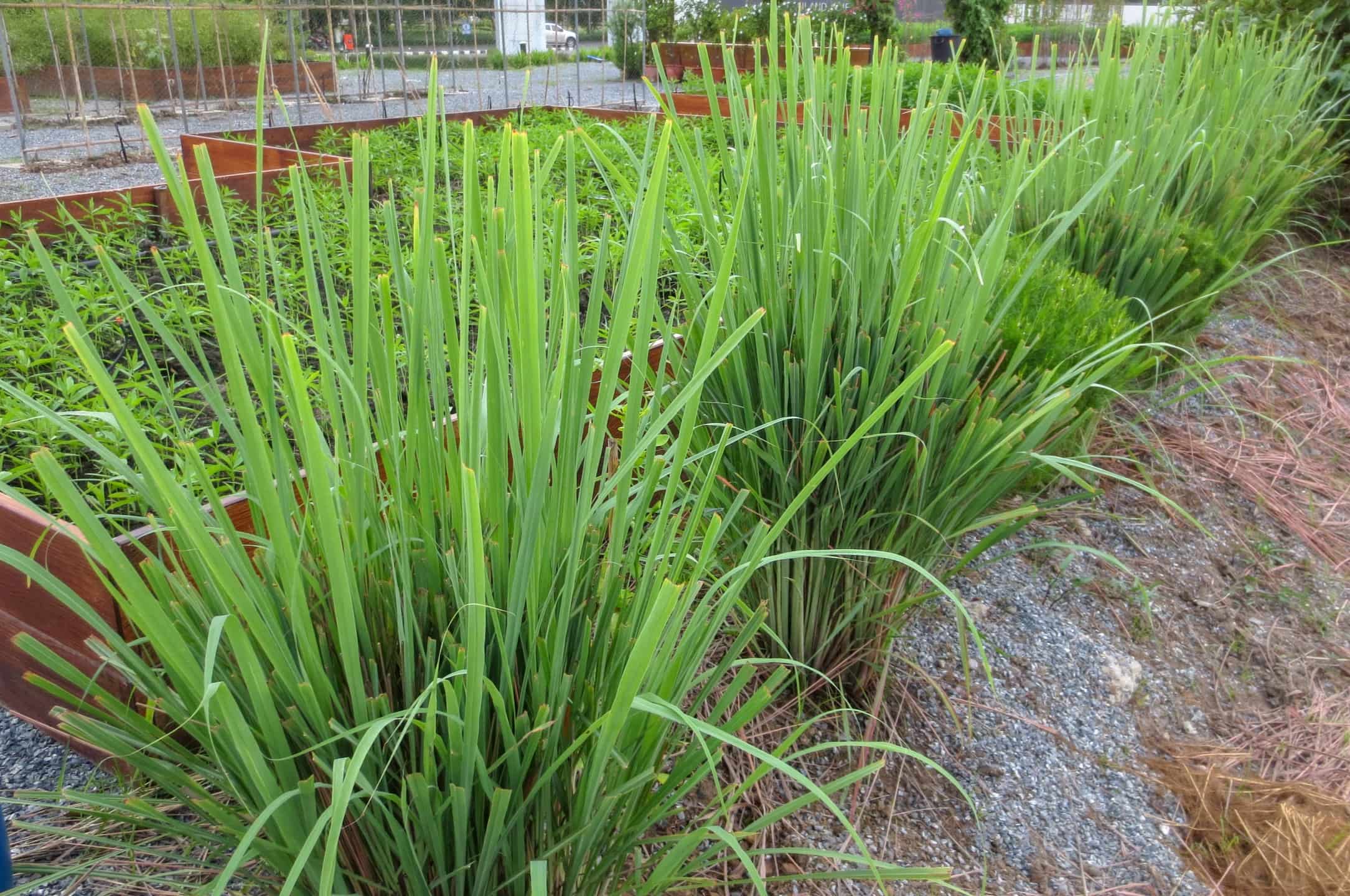
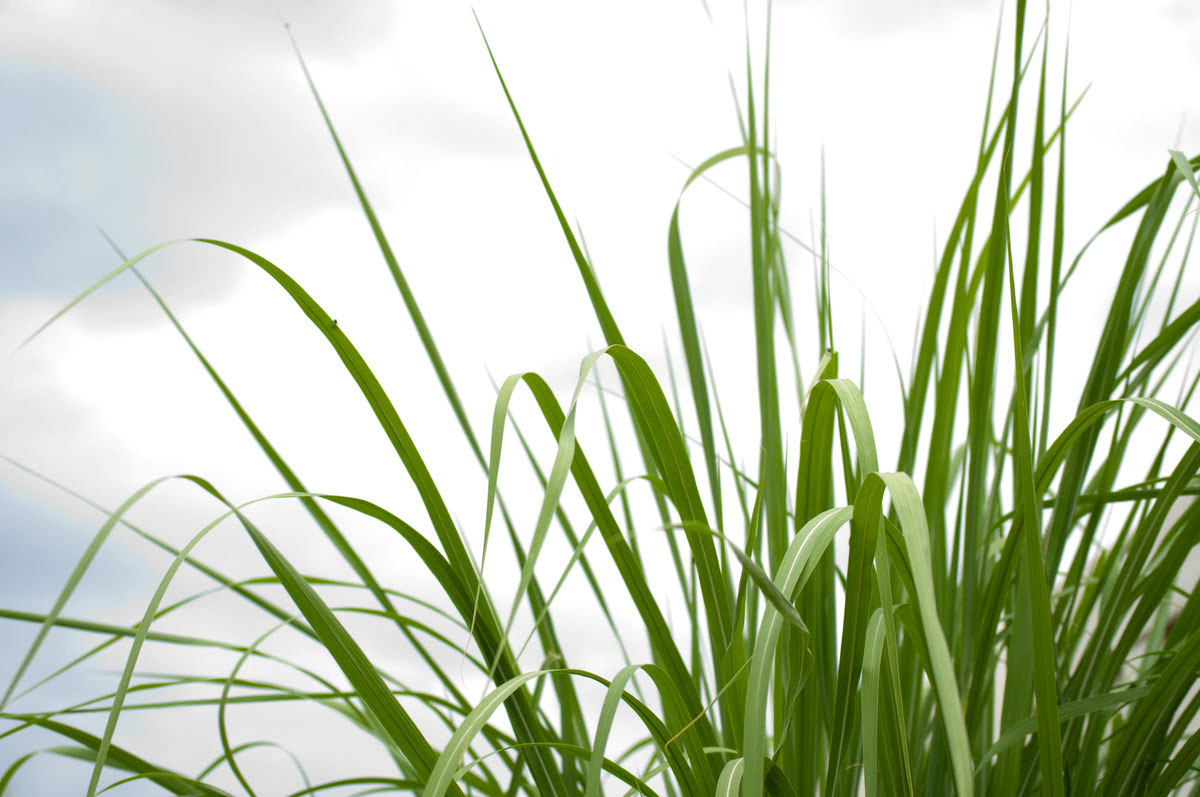
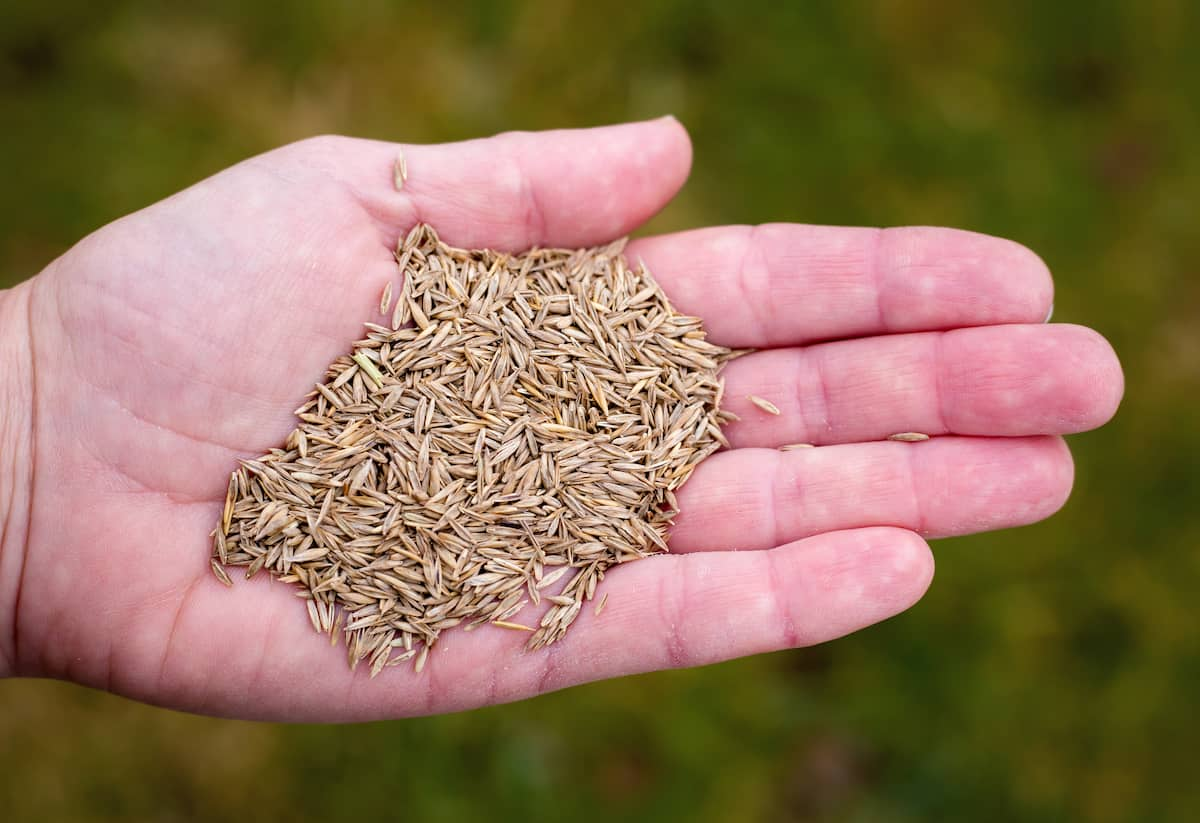
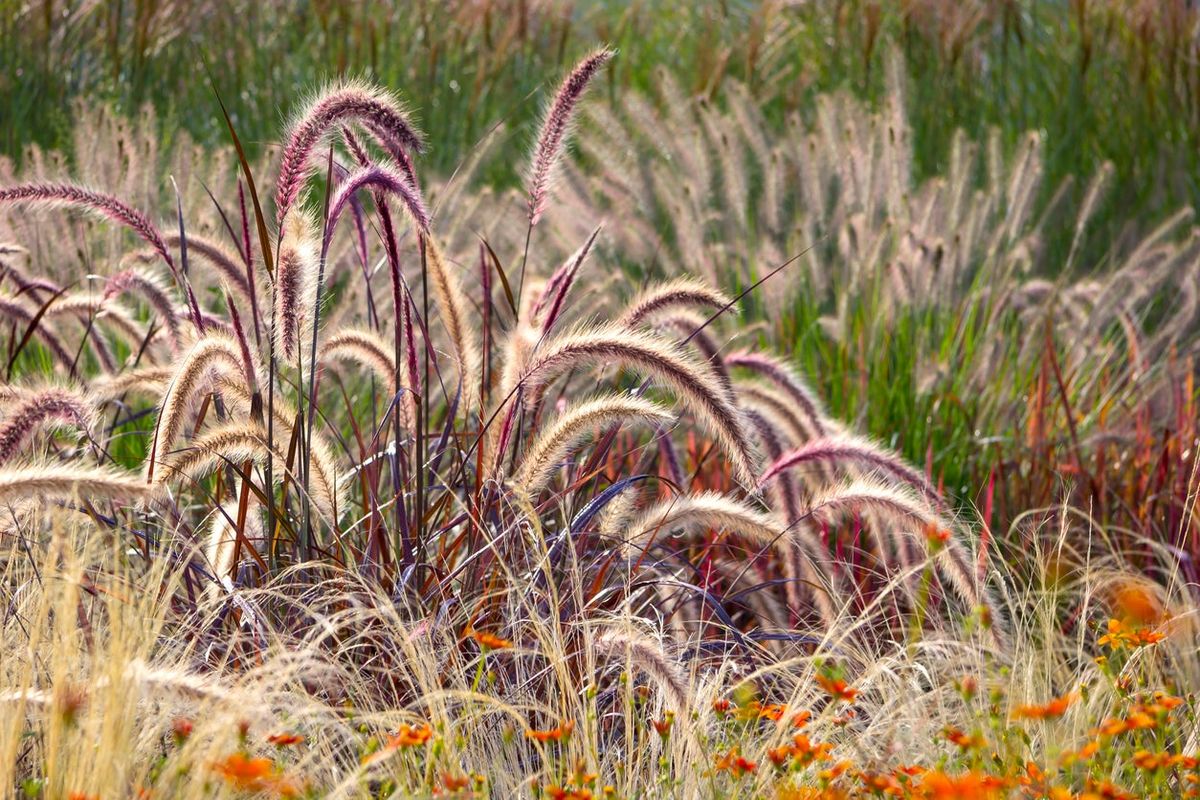
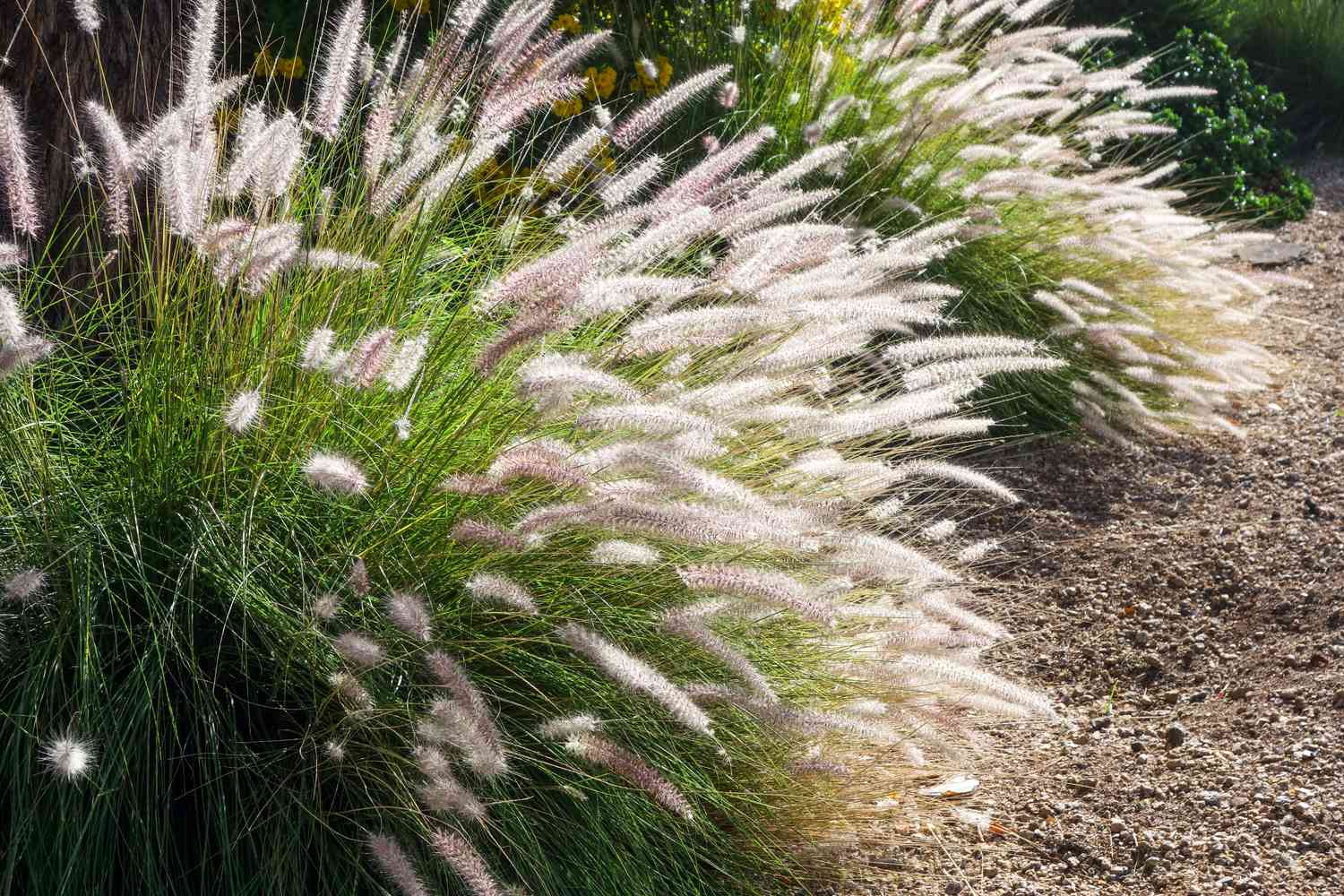
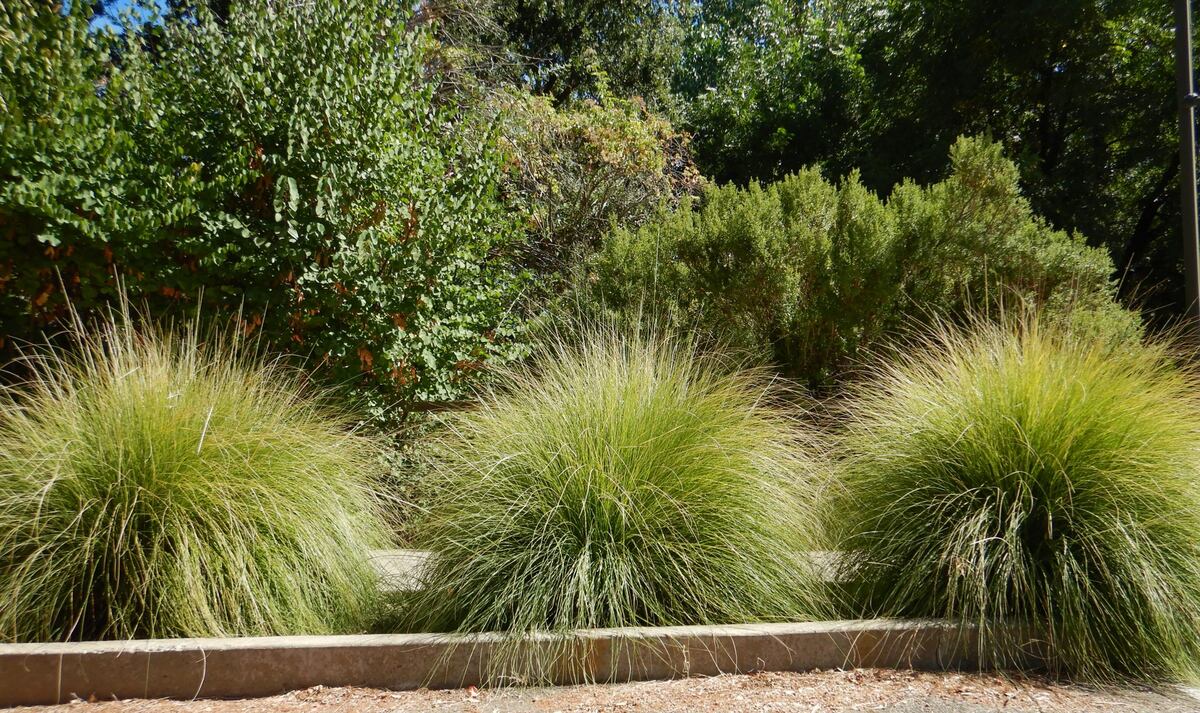

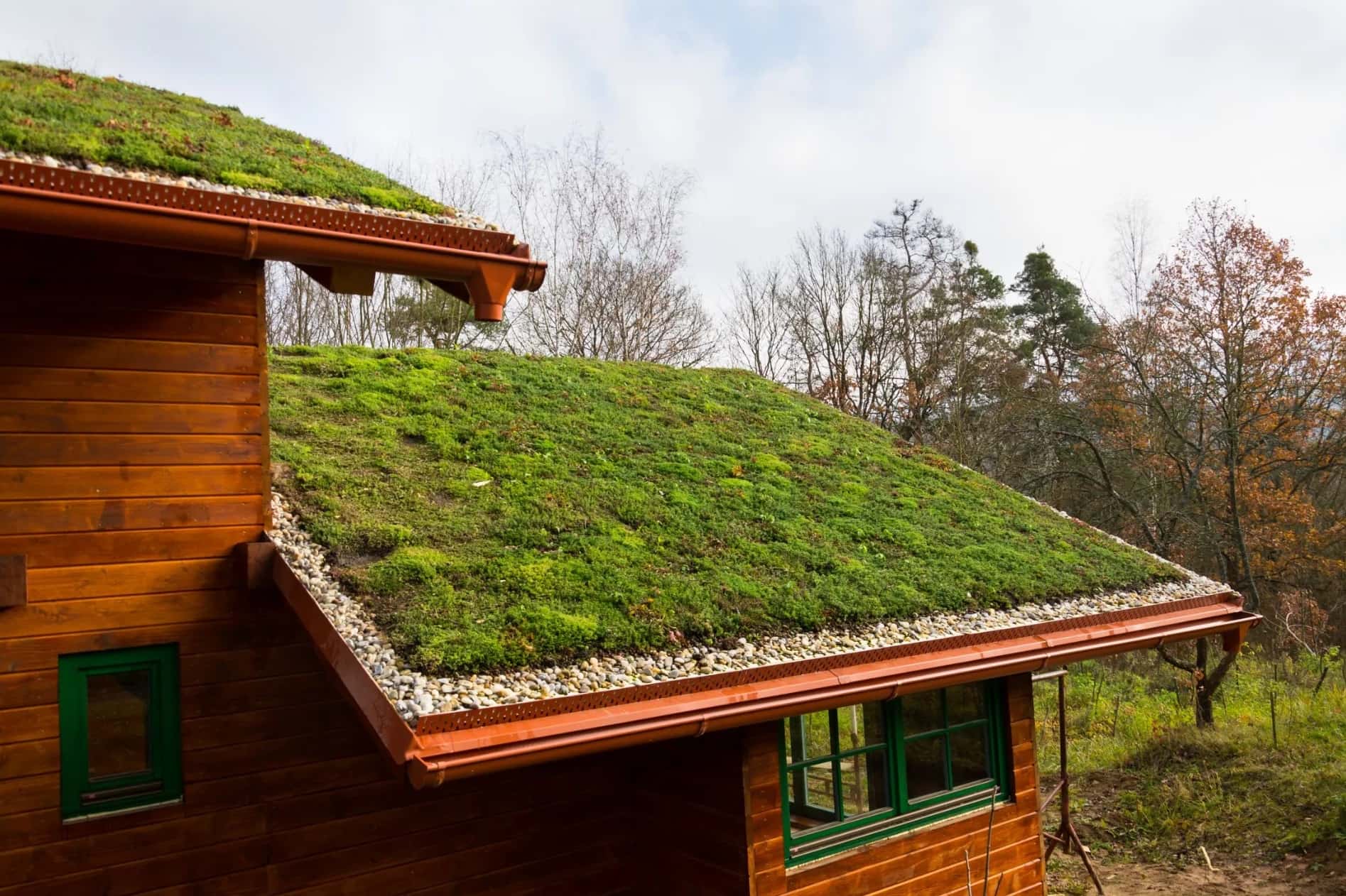
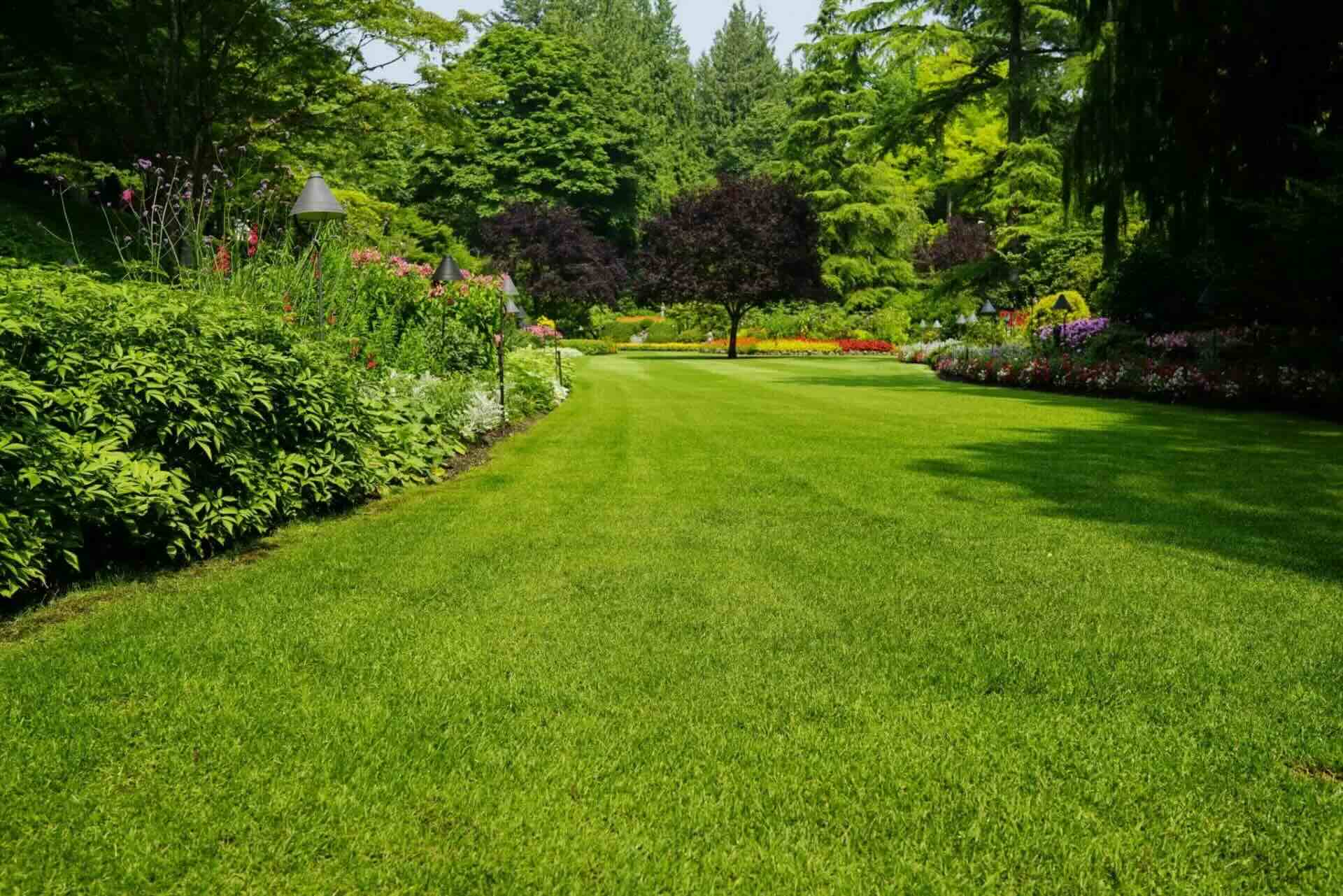
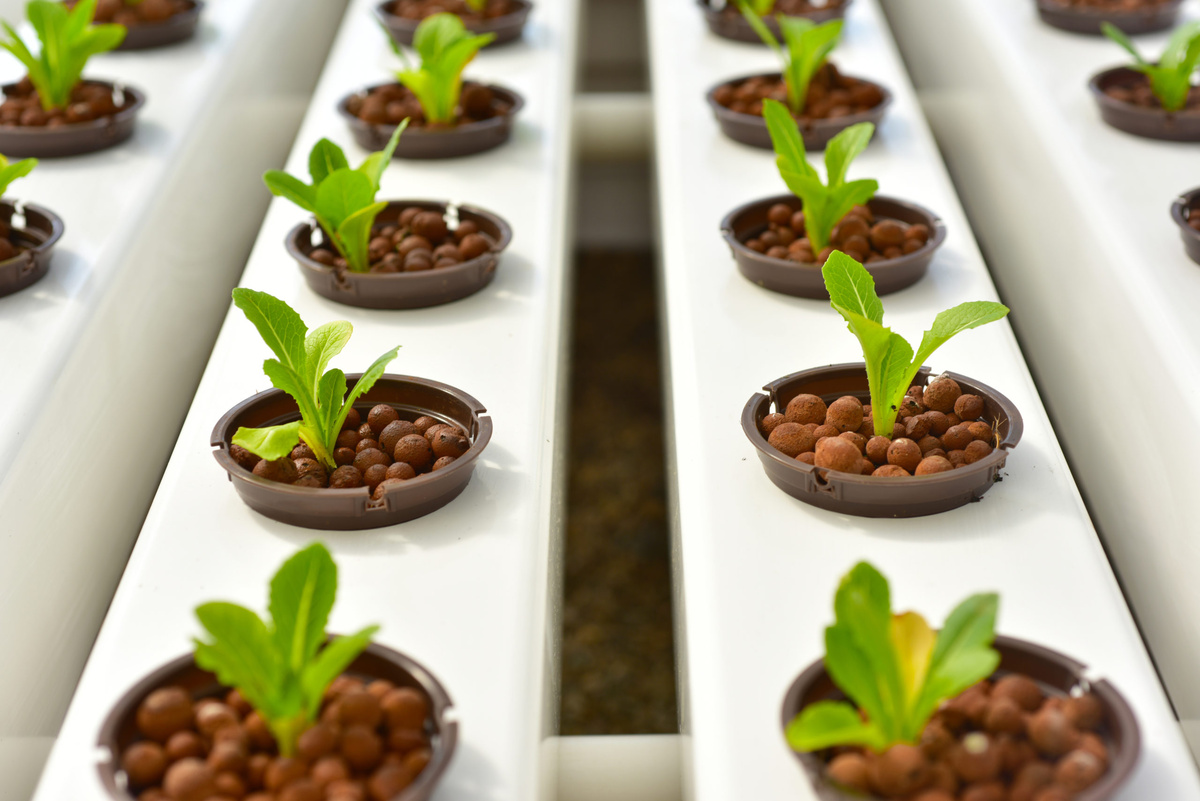
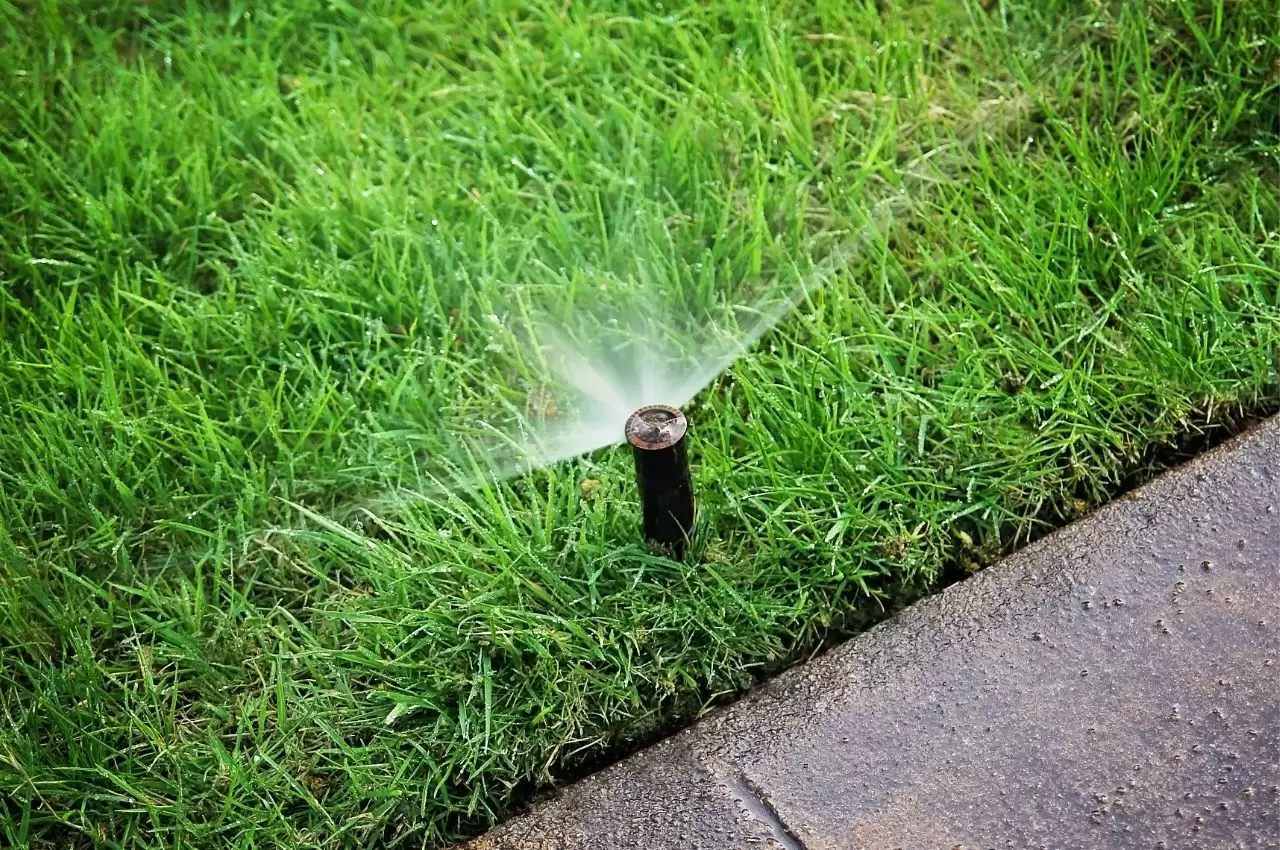
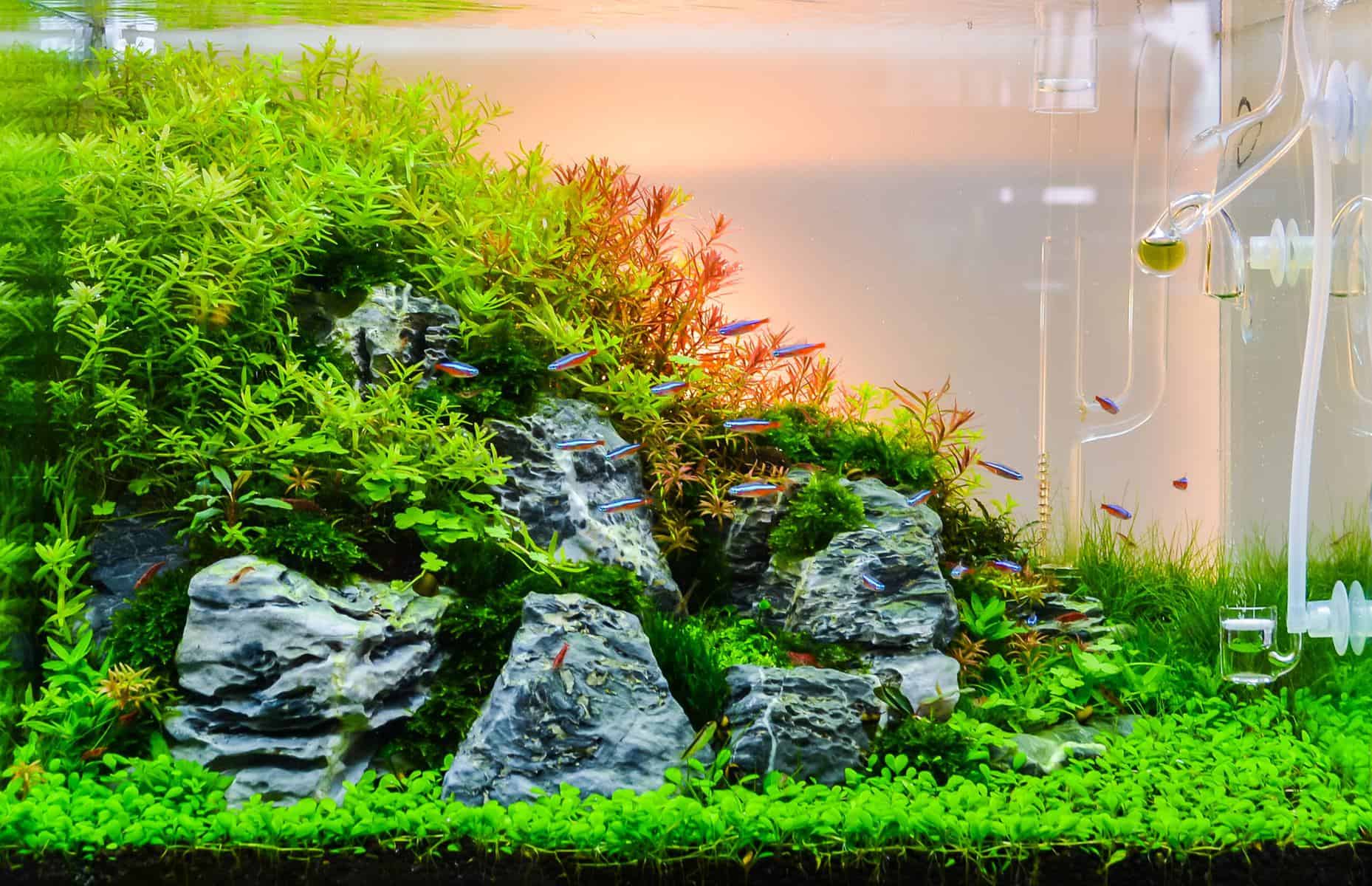
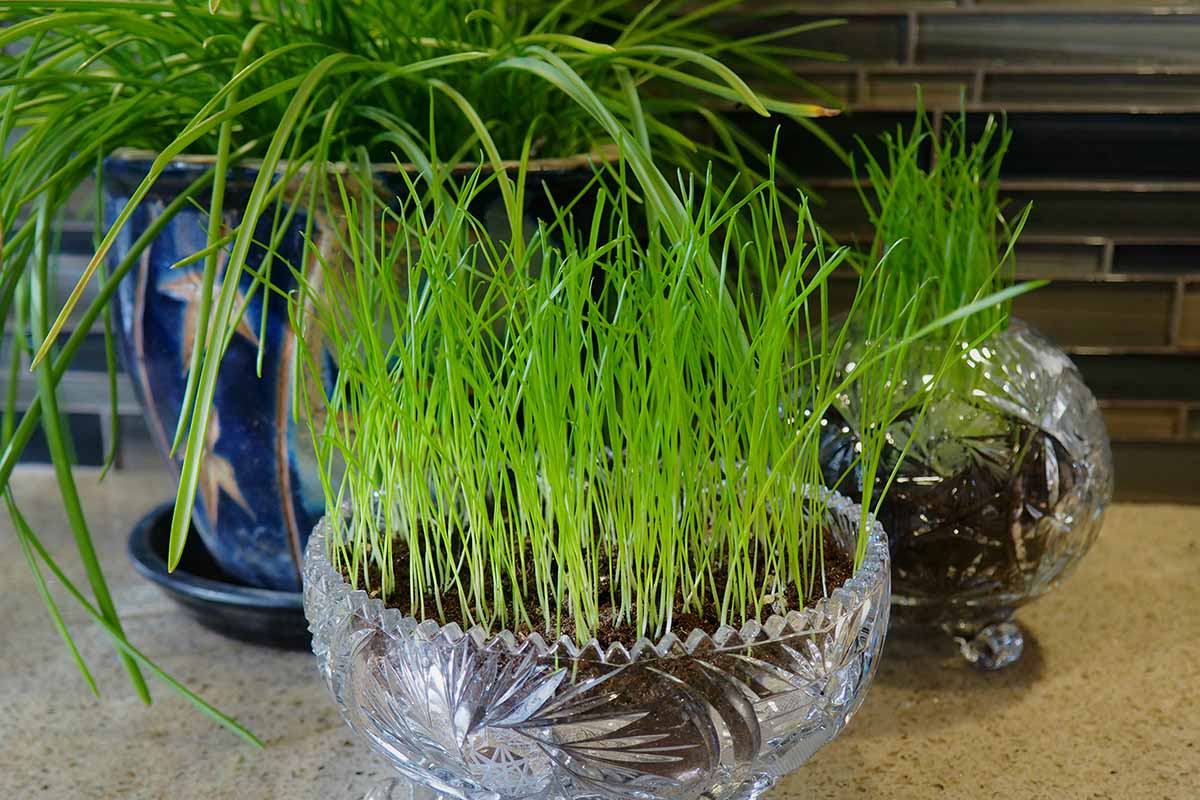
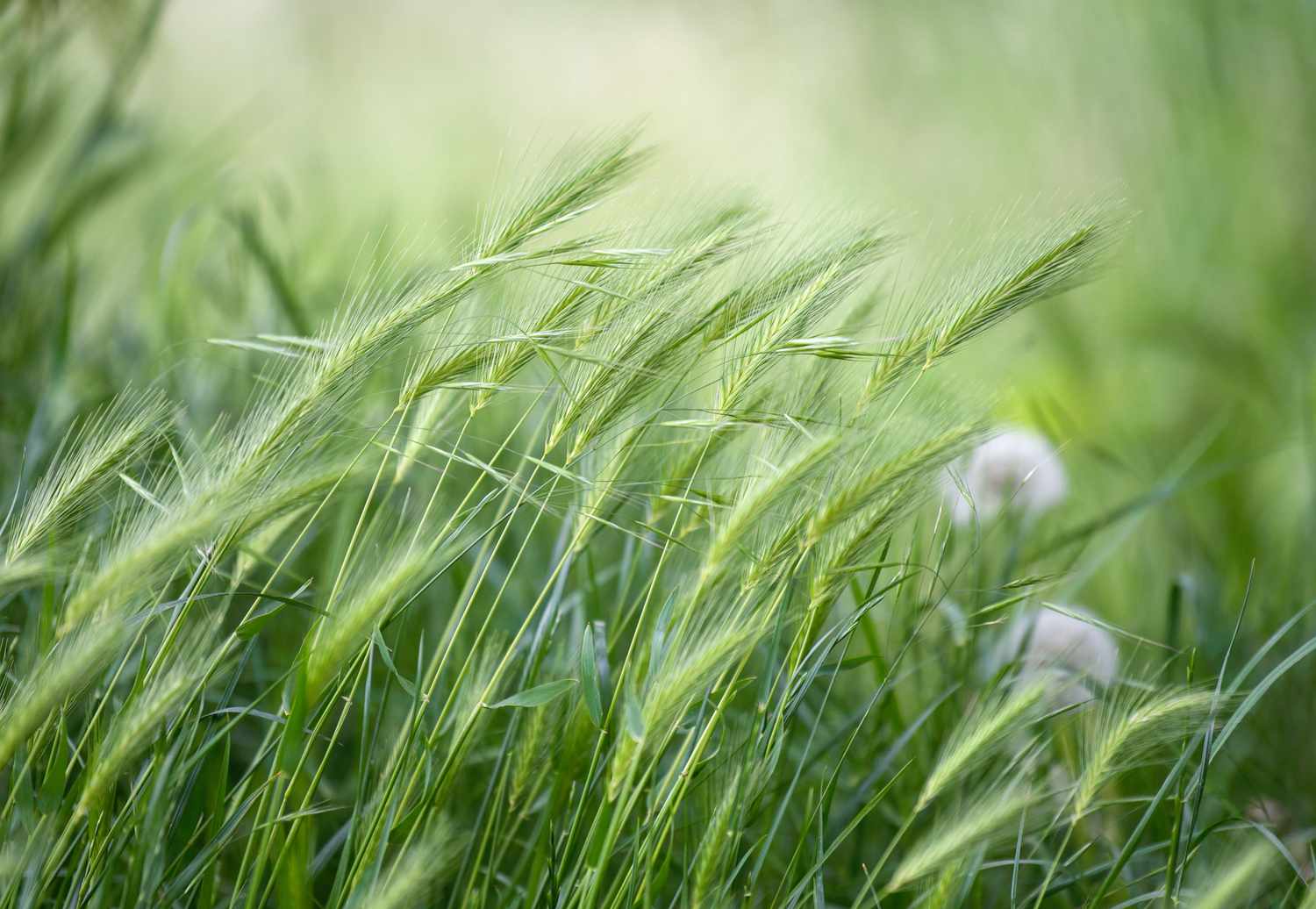

0 thoughts on “How To Grow Carpet Grass”